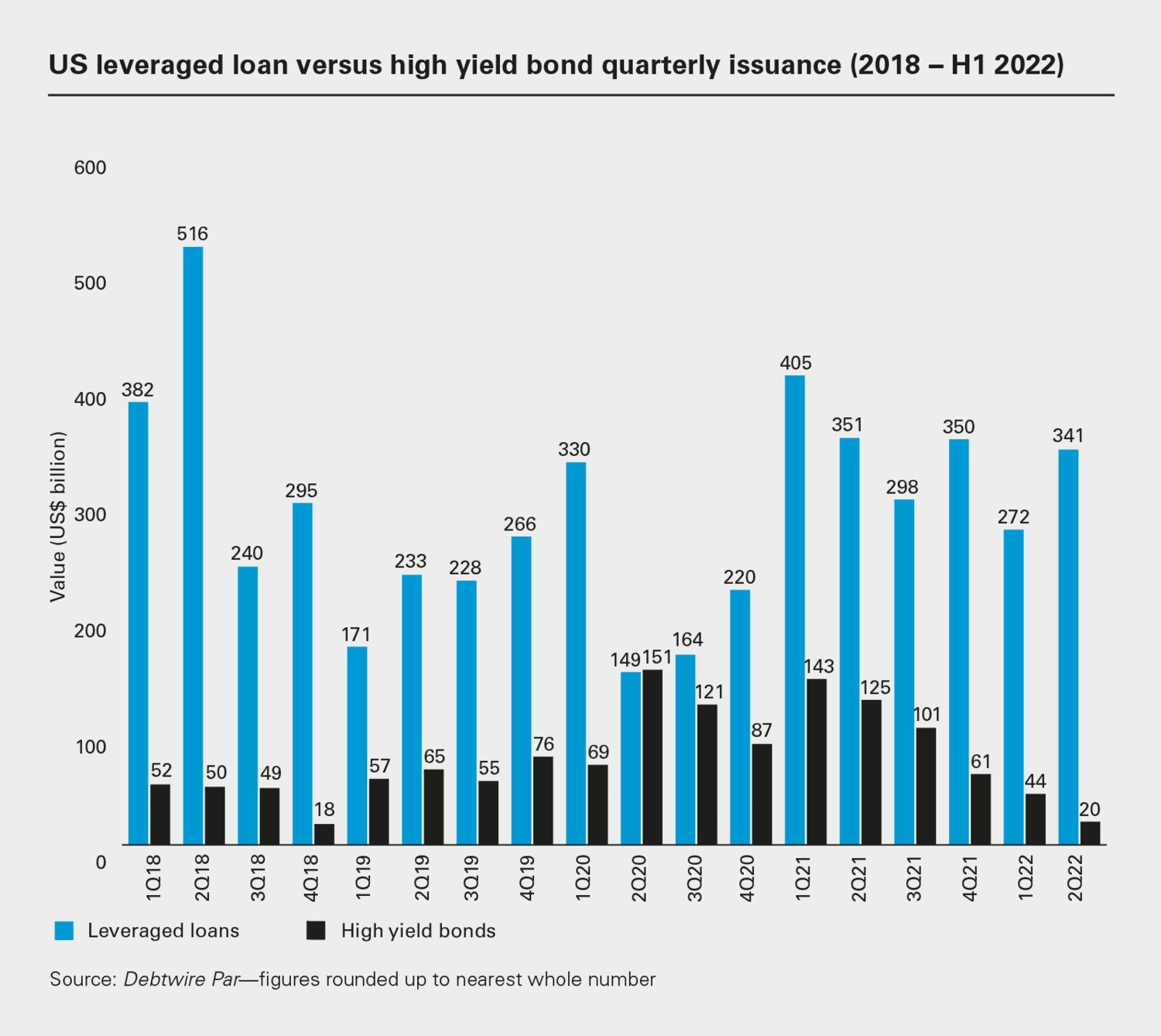Navigation
Fermer
Services
Wealth Management
Votre patrimoine ne se résume pas à des chiffres. Votre patrimoine raconte votre histoire, vos valeurs, vos espoirs et votre vision de l'avenir. Notre mission est de prendre le temps de vous écouter et de comprendre cette vision, puis de créer des stratégies concrètes pour vos actifs.
Planification patrimoniale
En tant qu'entreprise familiale depuis plus de 200 ans, nous avons une connaissance approfondie de l'esprit d'entreprise. Au fil des ans, nous avons tout vu : incertitudes, réussites, défis, hausses et baisses. Autrement dit, nous savons ce que vous vivez lorsque vous créez ou développez votre entreprise, et nous voulons vous aider à réussir.

Les entrepreneurs sont la force motrice de notre économie. Ils prennent des risques, innovent et créent de la richesse pour eux-mêmes et pour la société en général. Notre objectif est d'être un partenaire de confiance pour les entrepreneurs, que ce soit pour le démarrage ou le développement de leur entreprise. Nous sommes prêts à vous aider à tout moment de votre parcours professionnel :
Contact
Paris
Madrid
Paris
Paris
The shift toward growth and economic dynamism in a scenario of extremely low rates and excess liquidity only worsened the overindebtedness of national and private accounts and contributed to the creation of the perception of an absence of credit risk. For debt-securities markets, especially insofar as national debt, this meant lower interest rates and the narrowing of the bond yield spreads of peripheral economies, due to quantitative flexibilisation and tightening credit spreads. The result is that investors seeking return in a context of negative rates are forced to turn to alternative strategies that they would not consider otherwise. Some of them invest in companies with lower creditworthiness or less liquid assets as a means of obtaining higher rates of return than that of interest rates. This extremely pernicious scenario led to global rate markets seeing all-time-low rates across the curve and a strong liquidity-driven rally across equity, debt, commodity and new-age investments.
And suddenly (or very quickly, in any case), as a result of such an unprecedented and unforeseeable event, the pandemic further complicated the macroeconomic scenario, taking a toll on the worldwide economy the likes of which we have not seen since the Great Depression, and forcing central banks to take decisive action to regain economic growth. The Federal Open Market Committee lowered its target rate by 50bps to 1%–1.25% in March 2020 and announced plans to increase its holdings in Treasuries and mortgage-backed securities by at least USD500bn and USD200bn, respectively. The European Central Bank, while keeping its refinancing rate unchanged at 0%, introduced its staggered stimulus measures, with peak asset purchases of EUR1,850bn. The Bank of England (BoE) cut its base rate to 0.25% in March 2020 from 0.75% and then to 0.10%. For two decades, we had benefitted from considerable stability of worldwide growth and inflation, but all of that came to an end, and we found ourselves in a demand-driven economy with readily available supply that was abruptly cut off.
Bottlenecks and Russia’s invasion of Ukraine have given rise to geopolitical tensions and supply-side shortages, causing delays in supply chains and higher commodities prices, especially gas, and Europe is now seriously eyeing a potential lack of supply. Among other consequences, this has brought on surging inflation worldwide and extremely restrictive and accelerated monetary policy in response. The Fed has implemented the fastest rates increase since 1980.
Now is the time for central banks and investors to consider and evaluate the immediate impact of these restrictive policies as well as their consequences in the long term.
It is clear that the fundamentals of the US and European economies have weakened in 2022, as reduced fiscal benevolence, tightening monetary policy and rising prices have weighed on consumption. The fact is that these negative trends gathered over the course of 2021 are not new to investors. What has shifted more rapidly is how they interpret these fundamentals, creating a context of tumultuous volatility that we have not seen in years.
Negative macroeconomic trends, persistent global inflation, tightening monetary policy, a surging US dollar and global slowing of consumption may well drive us into recession. But should investors fear a severe worldwide credit crisis or focus their concern on the repricing of credit markets?
There are a number of facts that lead to the belief that we should, at least, go much wider than actual levels:


We are amid a relief rally brought on by the continued solidity of 3Q corporate earnings, some easing of inflation and a slightly less hawkish tone from the Fed. These factors have allowed credit indices to regain much of the ground lost year to date and are putting a squeeze on supply that is accelerating market recovery. This tone is striking as being highly complacent, considering the abundance of flagged alerts. From this point onward, the main driver for markets will likely be, once again, actions taken by central banks.
As Sgt. Esterhaus used to say on Hill Street Blues in the mid-1980s, “Let’s be careful out there”.
N'hésitez pas à vous adresser à votre interlocuteur privilégié chez Mirabaud ou à nous contacter ici si ce sujet vous intéresse. Avec nos spécialistes dédiés, nous nous ferons un plaisir d'évaluer vos besoins personnels et de discuter des éventuelles solutions d'investissement qui seraient adaptées à votre situation.
Continuer vers
Asset Management